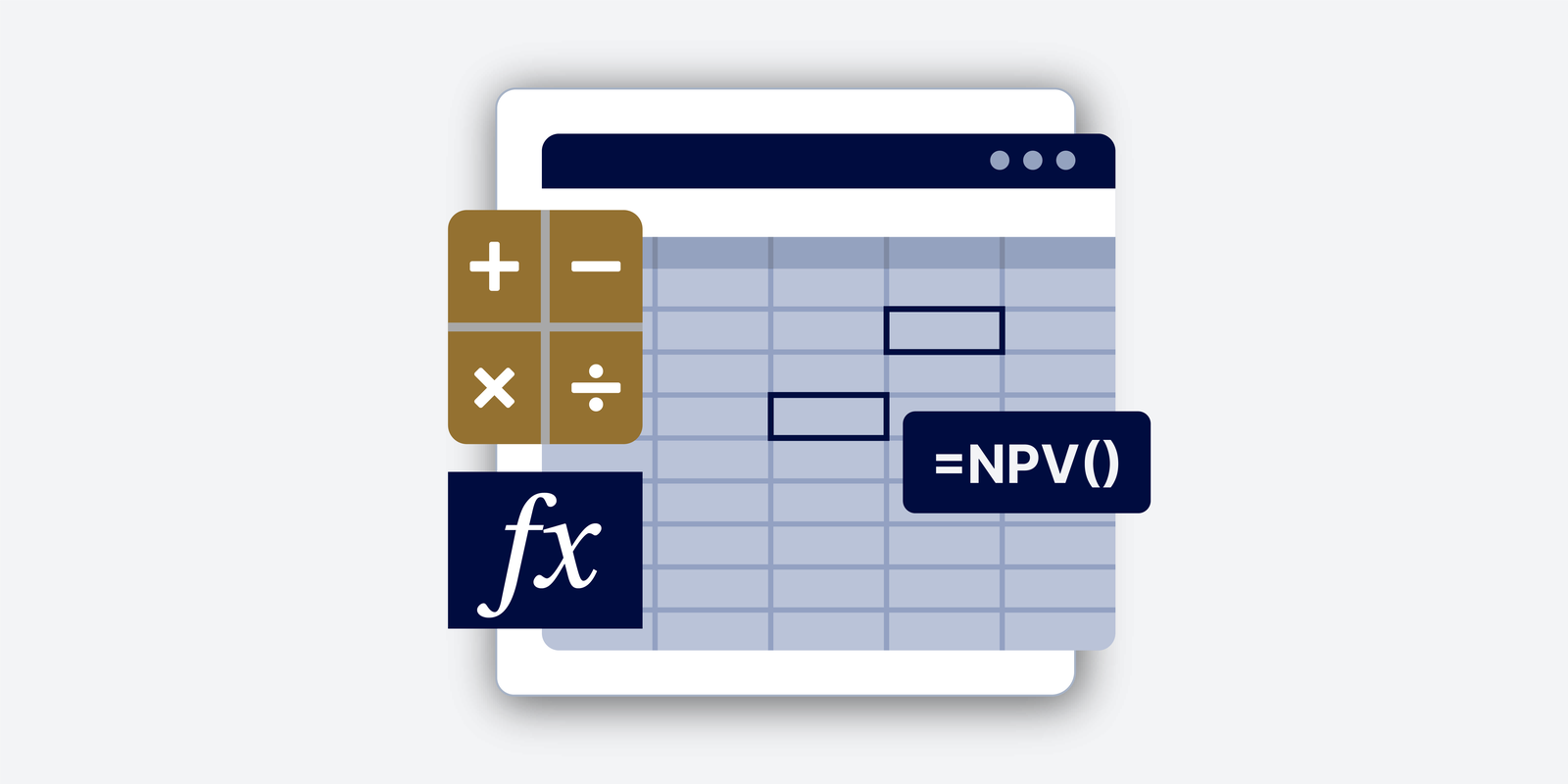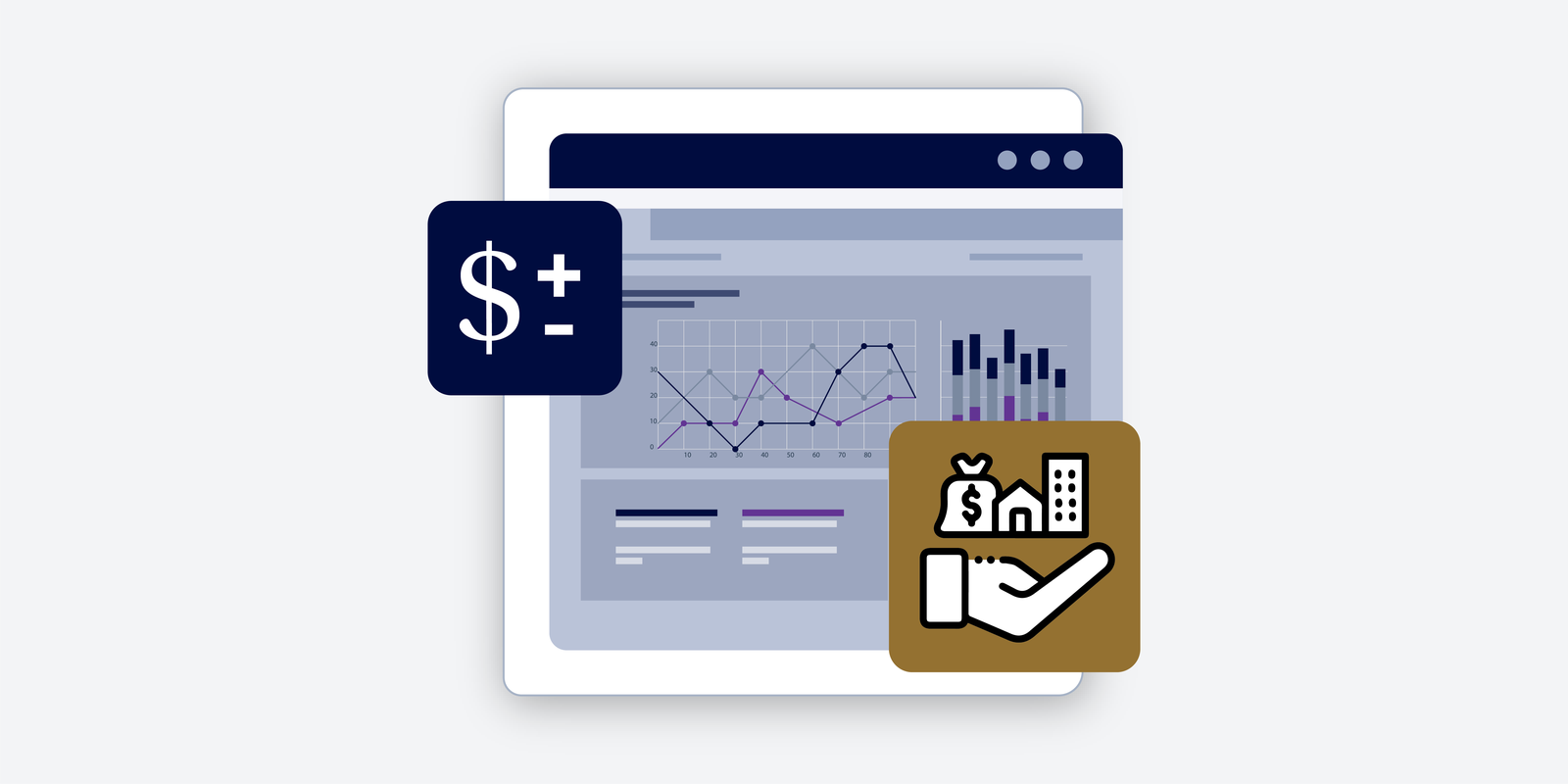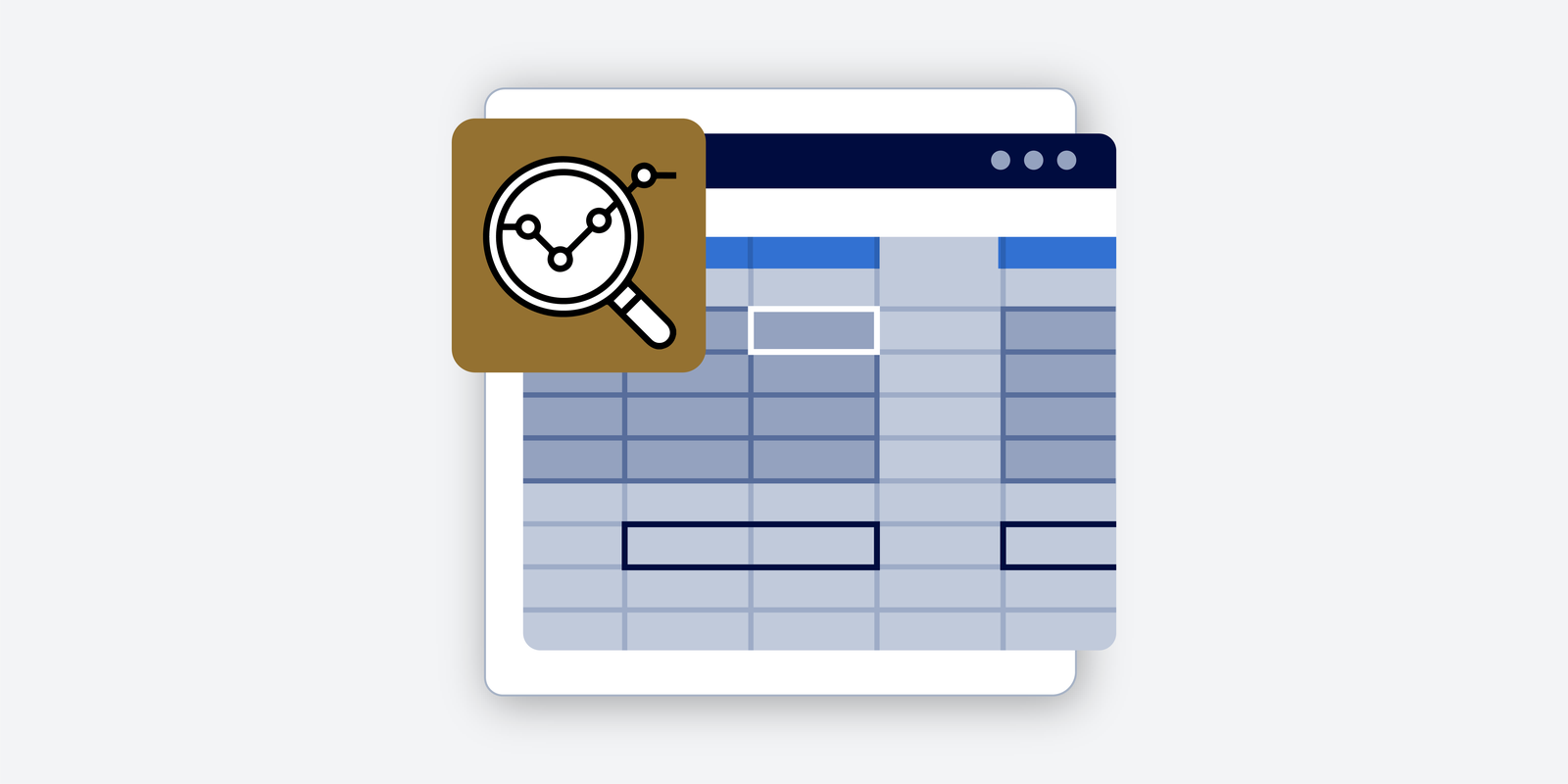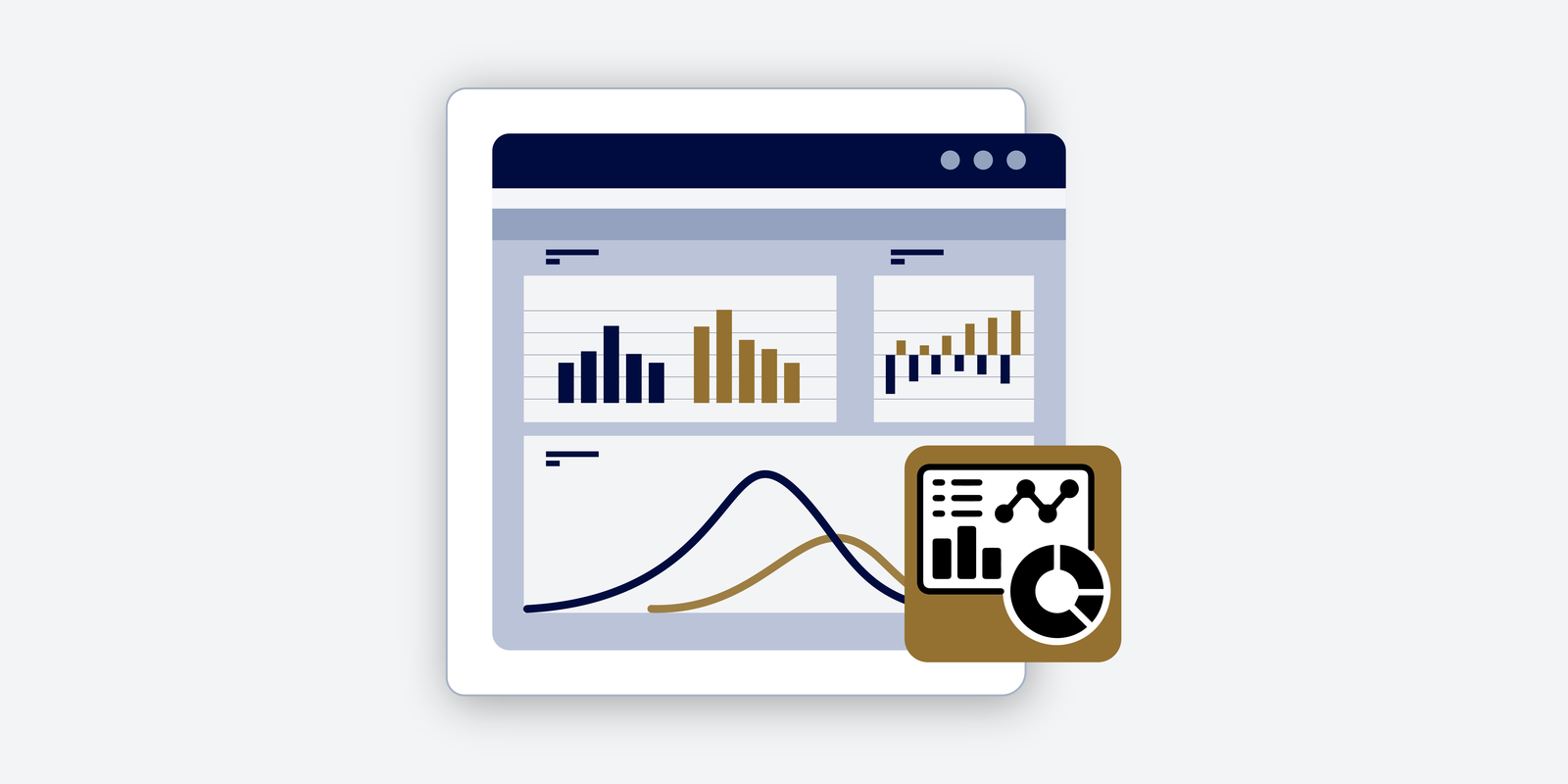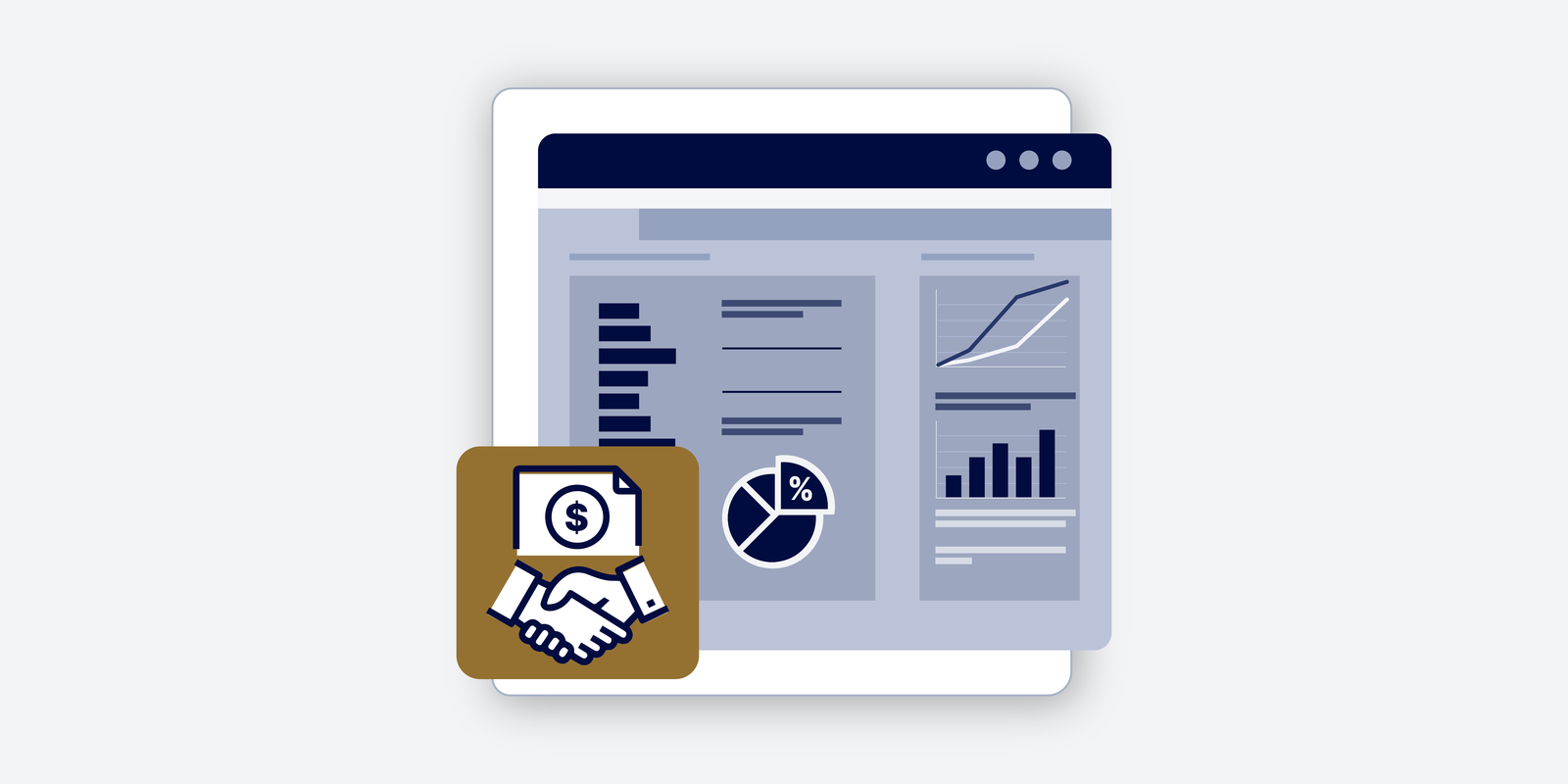Foreign Currency Convertible Bonds (FCCB)
What are Foreign Currency Convertible Bonds (FCCB)? Foreign currency convertible bonds, as the name suggests, are bonds that are issued in a currency foreign to the investor. The name also suggests that the bonds are convertible in nature, indicating that investors not only receive principal and coupon payments but also offer the option of converting…
